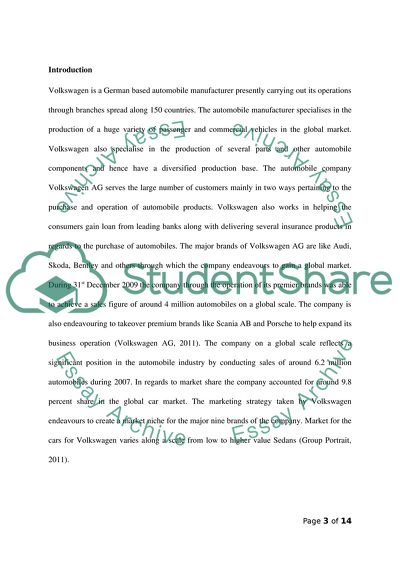Cite this document
(“Marketing managment Essay Example | Topics and Well Written Essays - 2500 words”, n.d.)
Retrieved from https://studentshare.org/miscellaneous/1582027-marketing-managment
Retrieved from https://studentshare.org/miscellaneous/1582027-marketing-managment
(Marketing Managment Essay Example | Topics and Well Written Essays - 2500 Words)
https://studentshare.org/miscellaneous/1582027-marketing-managment.
https://studentshare.org/miscellaneous/1582027-marketing-managment.
“Marketing Managment Essay Example | Topics and Well Written Essays - 2500 Words”, n.d. https://studentshare.org/miscellaneous/1582027-marketing-managment.


